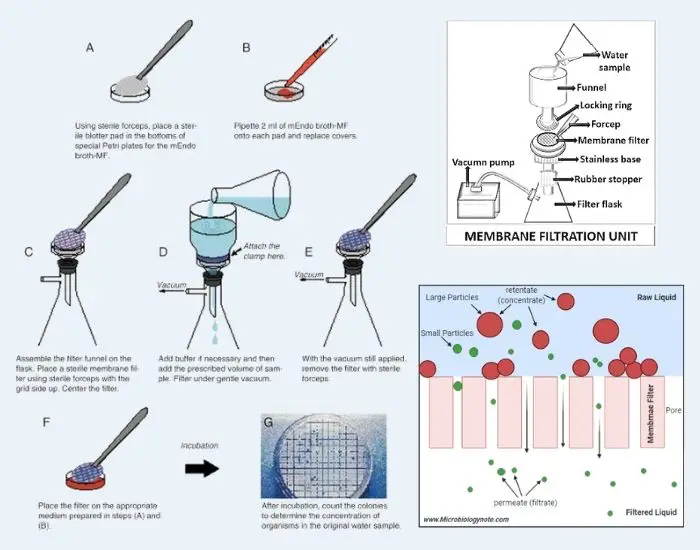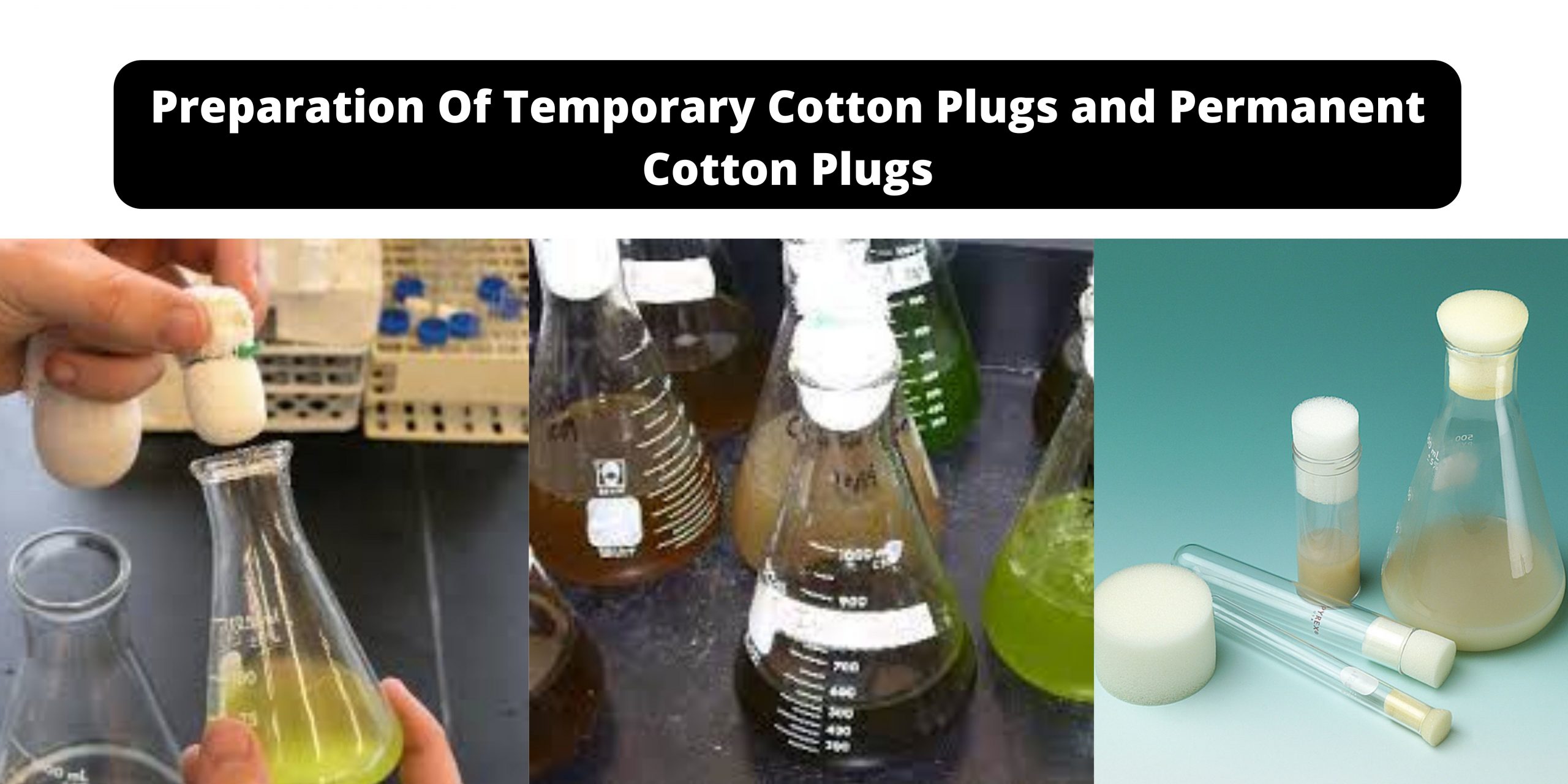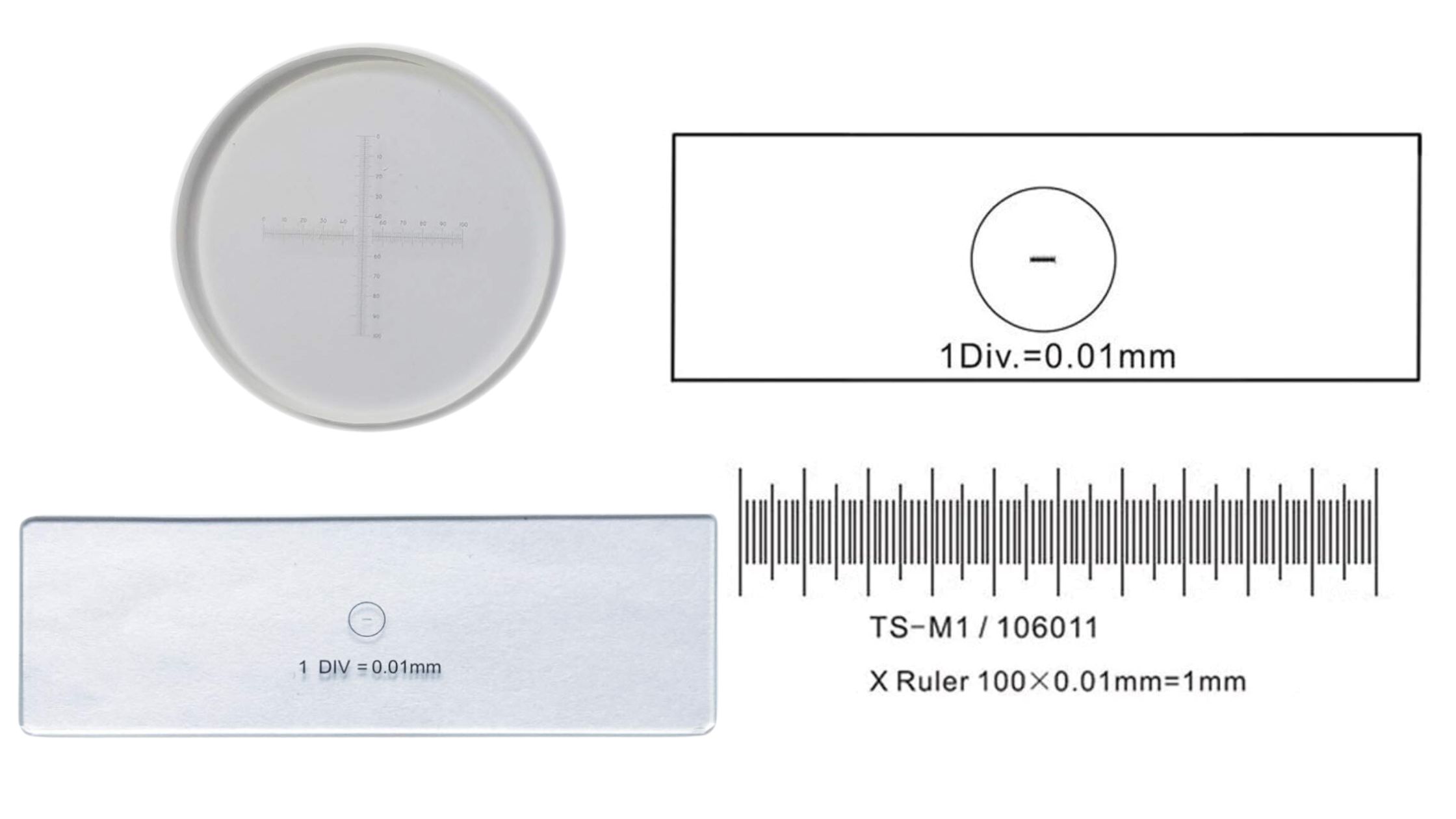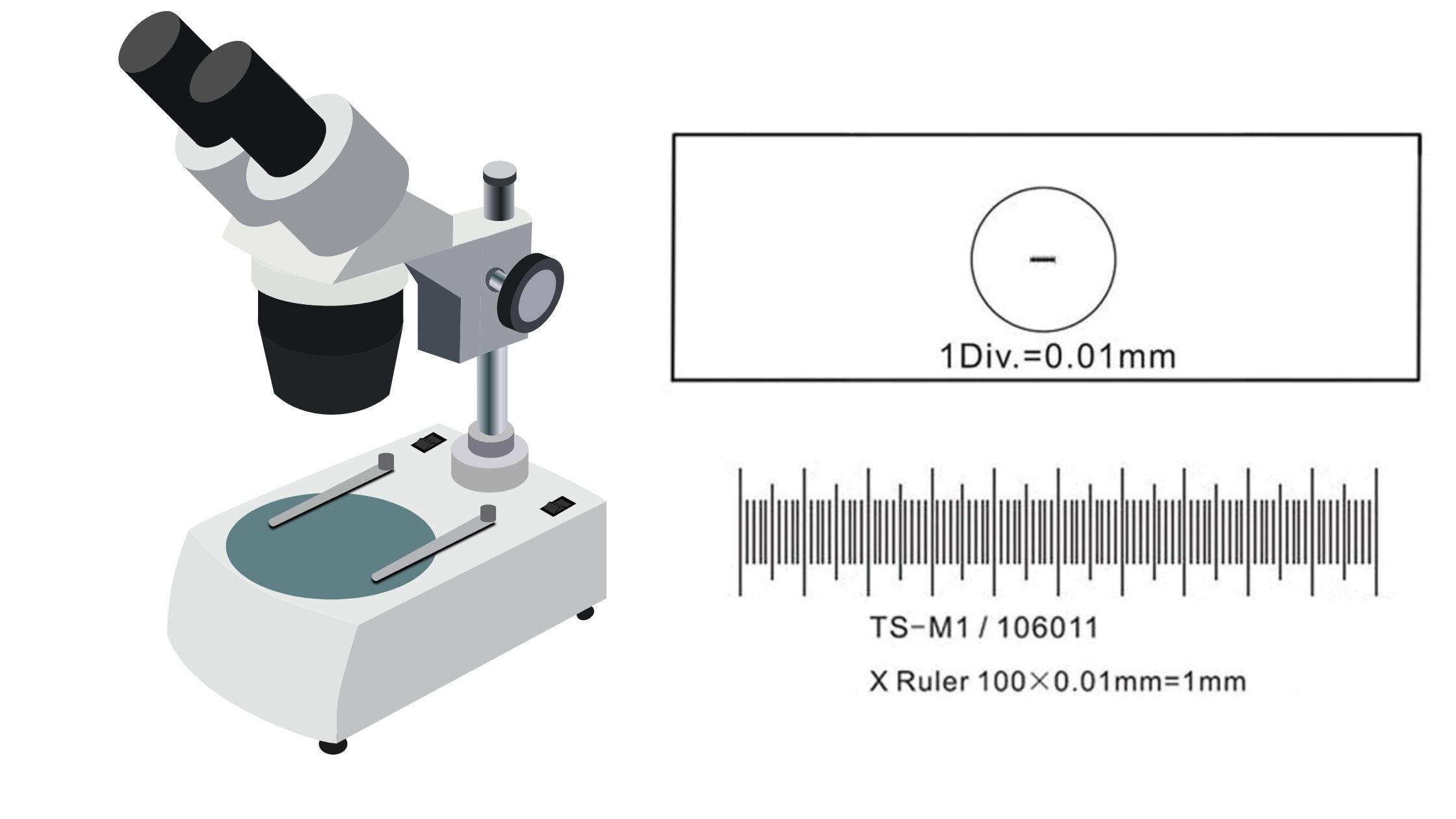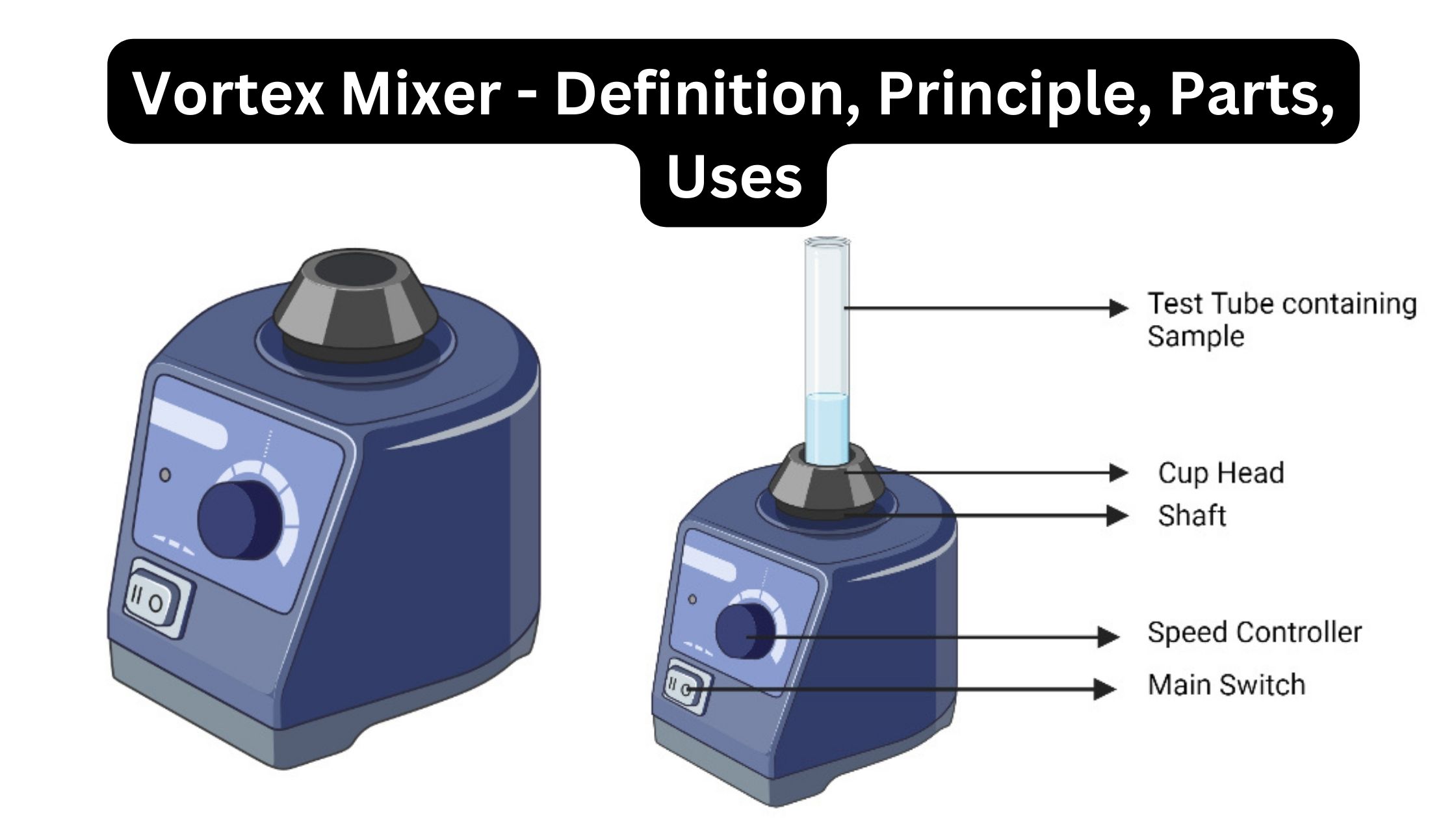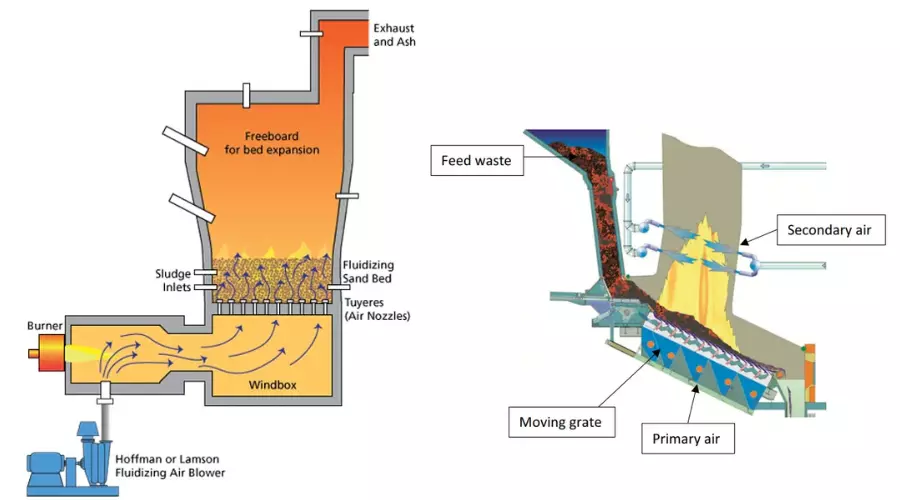Membrane Filtration Method – Types, Advantages, Disadvantages, Applications
Membrane Filter Technique can define as a physical separation process, which based mainly on size / molecular weight of particles in a liquid or gas stream. In this method a thin semi-permeable membrane (often made from cellulose nitrate/acetate) is used, and pressure is applied to push the feed solution by it. The smaller components pass … Read more
